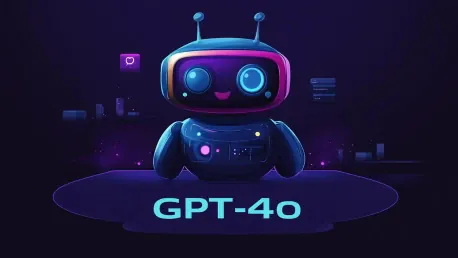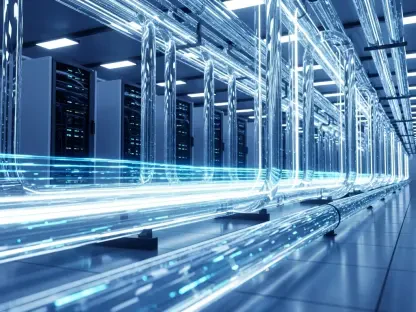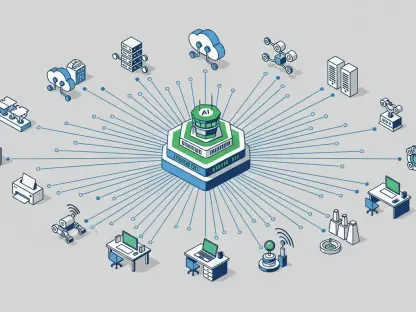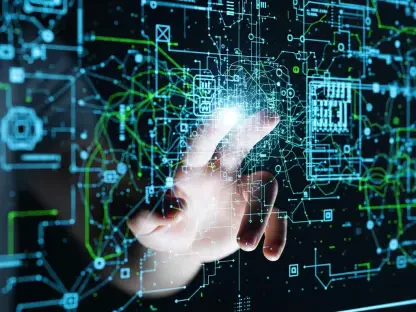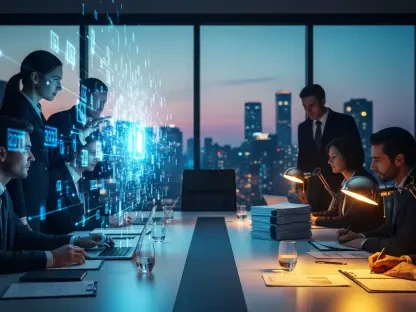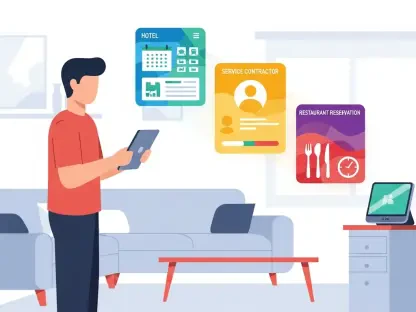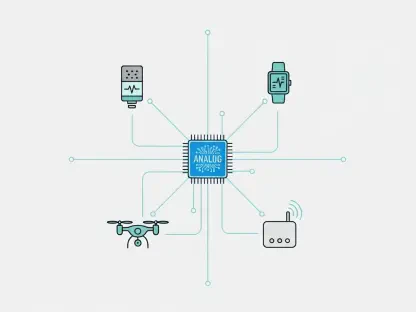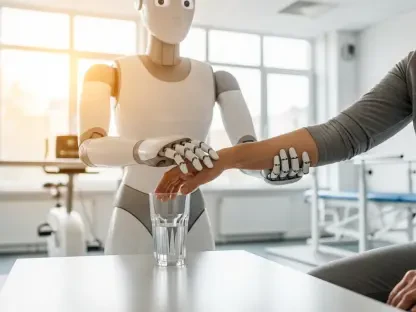OpenAI recently faced a remarkable challenge when it decided to halt the rollout of its enhanced image generation feature, powered by the advanced GPT-4o reasoning model, from the free tier of ChatGPT just one day after its introduction. This advanced feature was designed to significantly enhance the realism of AI-generated images and text, offering users the unique ability to create images in a distinctive Studio Ghibli-style. The feature quickly became a sensation on social media, which led OpenAI to delay its free tier rollout, temporarily restricting access to only paid subscribers of ChatGPT Plus, Pro, and Team.
GPT-4o Model and Its Innovations
Autoregressive Approach to Image Creation
The GPT-4o model employs an autoregressive approach to generate images, a method that produces visuals from left to right and top to bottom. This approach is intended to enhance the accuracy and lifelike quality of generated images. By refining how an image is formed step-by-step, the model aims to create more cohesive and realistic visuals.
In addition to improving image accuracy, the GPT-4o model also focuses on text generation within images. Previous AI models often produced blurry or nonsensical text, but GPT-4o aims to generate sharper and more coherent text. OpenAI incorporated human feedback in post-launch training to identify and rectify common errors, enhancing the overall user experience.
The autoregressive method and post-launch training signify substantial improvements in AI image and text generation. By learning from prior models’ shortcomings, GPT-4o demonstrates a significant evolution in AI capabilities, making the generated content both visually appealing and textually coherent.
Addressing User Feedback and Model Errors
OpenAI’s commitment to incorporating human feedback in post-launch training underscores its dedication to refining AI-generated outputs. By actively addressing user feedback, the company aims to minimize errors and enhance the quality of the images and text produced by GPT-4o. This process involves identifying common issues reported by users and fine-tuning the model to rectify these problems.
Human feedback, crucial in this iteration, helps the AI adapt and improve based on real-world usage. OpenAI’s approach aims to ensure that the model meets user expectations and delivers high-quality results reliably. By continually refining the model, OpenAI demonstrates a commitment to improving the user experience and ensuring its AI tools remain at the forefront of technological innovation.
Impact of Virality and Legal Considerations
The Viral Surge and Its Implications
Despite efforts to showcase GPT-4o’s capabilities, the overwhelming response from users creating Studio Ghibli-style images led OpenAI CEO Sam Altman to announce a delay in the free rollout. OpenAI had underestimated the feature’s popularity, necessitating a reconsideration of their rollout strategy. The virality and nature of the created content, including reimagined scenes from classic films and internet memes, highlighted both the broad appeal of the feature and potential legal and ethical implications of AI-generated art.
The rapid spread of Studio Ghibli-style images illustrated the powerful and creative potential of the new model. However, it also raised concerns about the legalities tied to the distinctive art style. While style itself is not typically protected under copyright law, the widespread creation of Ghibli-inspired images prompted a reevaluation of potential intellectual property issues and the ethical implications of replicating artistic styles through AI.
Cautious Approach and Intellectual Property Rights
The decision to withdraw the feature from the free tier points to OpenAI’s cautious approach towards the intersection of AI-generated art and intellectual property rights. OpenAI’s rollback highlighted ongoing uncertainties around copyright law and the ethical implications of AI creativity replication. These considerations reflect the company’s broader strategy of navigating the complex legal landscape while promoting innovative capabilities.
By restricting the feature to paid tiers, OpenAI can closely monitor its usage and address any emerging legal concerns before potentially reintroducing it to free users. This strategy ensures that the company can manage the risks associated with rapid and widespread adoption while continuing to refine the model.
Conclusion: Navigating the Future of AI Art
OpenAI recently faced a significant challenge when it decided to halt the rollout of its enhanced image generation feature, powered by the advanced GPT-4o reasoning model, from the free tier of ChatGPT just one day after its introduction. This sophisticated feature was intended to dramatically improve the realism of AI-generated images and text, providing users with the unique capability to generate images in a striking Studio Ghibli-style. Almost immediately, the feature became a viral hit on social media, which propelled OpenAI to delay its release within the free tier, as they opted to temporarily limit access to only the paid subscribers of ChatGPT Plus, Pro, and Team. This decision was driven by the overwhelming demand and high interest, pushing OpenAI to reassess its approach to ensure a smooth and manageable rollout. While the restriction is in place, OpenAI will likely focus on refining the feature and addressing any scalability issues before considering reintroducing it to a broader audience.
